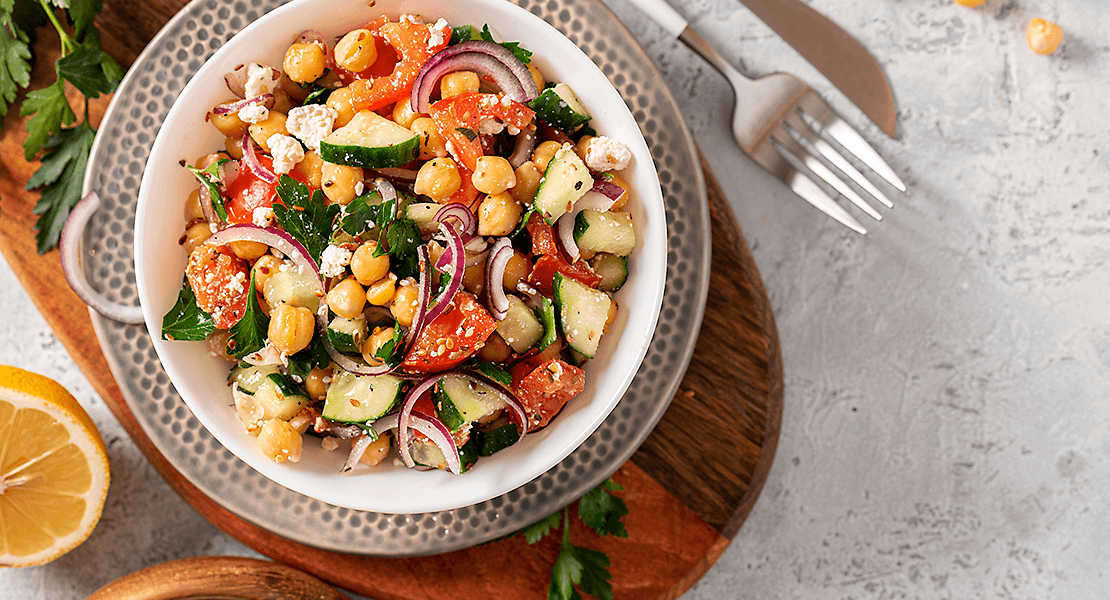
Great chefs are both born and made. Kalsec's culinary team draws on their backgrounds, preferences and unique experiences to craft flavors from the exciting and new to the comfortable and familiar.
Chef Anna's food journey started with humble pantry staples and grew more complex and extraordinary with every new culinary experiment.

"This is my friend Anna, and she's a chef!"
It seems like I'm always introduced like that, and I won't lie, it's always felt a little hokey and embarrassing. It's not as complex, however, as the inevitable next question:
“How are you so good at cooking?”
My skills are the result of years of reading, cooking, thinking, writing, traveling and schooling—but it all started with an interest in food and cooking at a young age. There aren't many things you can control as a child; having the ability to creatively make and control what I ate just blew my mind.
“To me, food is an open field of possibilities. Everything reminds me of food and food reminds me of everything—culture, history, and memorable moments with friends and family.”
As a preteen, I started out making boxed pasta and combining it with whatever jar of red sauce was around, then topping it with herbs, spices and cheeses. The crazy thing is, I am still doing that to this day—only a little more creatively. I try new flavors and learn from others’ experiences to build upon my own knowledge. I love experimenting and doing things in new, creative ways. That's why I not only became a chef, but a food scientist as well.
Over the years, my experiments have continued in restaurants, at home and in the lab. These days, however, the pasta is homemade with locally grown grains; the red sauce is created with my garden tomatoes that were confit in olive oil then frozen during their peak; and the cheese is something fancy and local.
This is what food and flavor are all about: building upon what you know. As a teen, I used jarred tomatoes, garlic, onion powder and Italian seasoning to make a delicious and easy dish. Later in life, I substituted the jarred tomatoes for fresh yellow, heirloom or San Marzano. I also included fresh onion and garlic or other exciting alliums, like ramps, and caramelized the onions.
As an added bonus, working for a company with a global footprint pushes me to understand flavors from all different regions of the globe. Lucky for me, I work with expert chefs and scientists in other regions such as Southeast Asia, Europe and China. We help one another understand the cuisine and flavors prominent in our regions, and how to adapt these flavors for different palates. Understanding the birthplace of a flavor or dish can help you transform it into different versions of itself, or build upon it skillfully and respectfully.
For example, you can take pasta and red sauce into many global directions. You could add miso or soy sauce to a flat tomato-based sauce for a subtle umami balance. You could go a step further and loosen up the pureed tomato base, change the pasta to ramen or spaghetti and add ginger, scallion and eggs to make a Chinese-inspired egg drop and noodle soup. This deconstruction/reconstruction process allows me to experiment beyond the assumptions of what a flavor should be.
Kalsec's Chefs and Food Scientists aim to accurately and deliciously represent (or even create) flavors and trends. We want everyone to enjoy the food experience and give their end consumers these ideal flavors, whether it's fresh basil and roasted garlic in a tomato sauce or Thai green curry in an otherwise traditionally American dish. This interest in global food culture, communication through food, and the science of food has given us a vast understanding of the food industry—and a constant hunger for more knowledge. Flavor is our passion and our pastime.